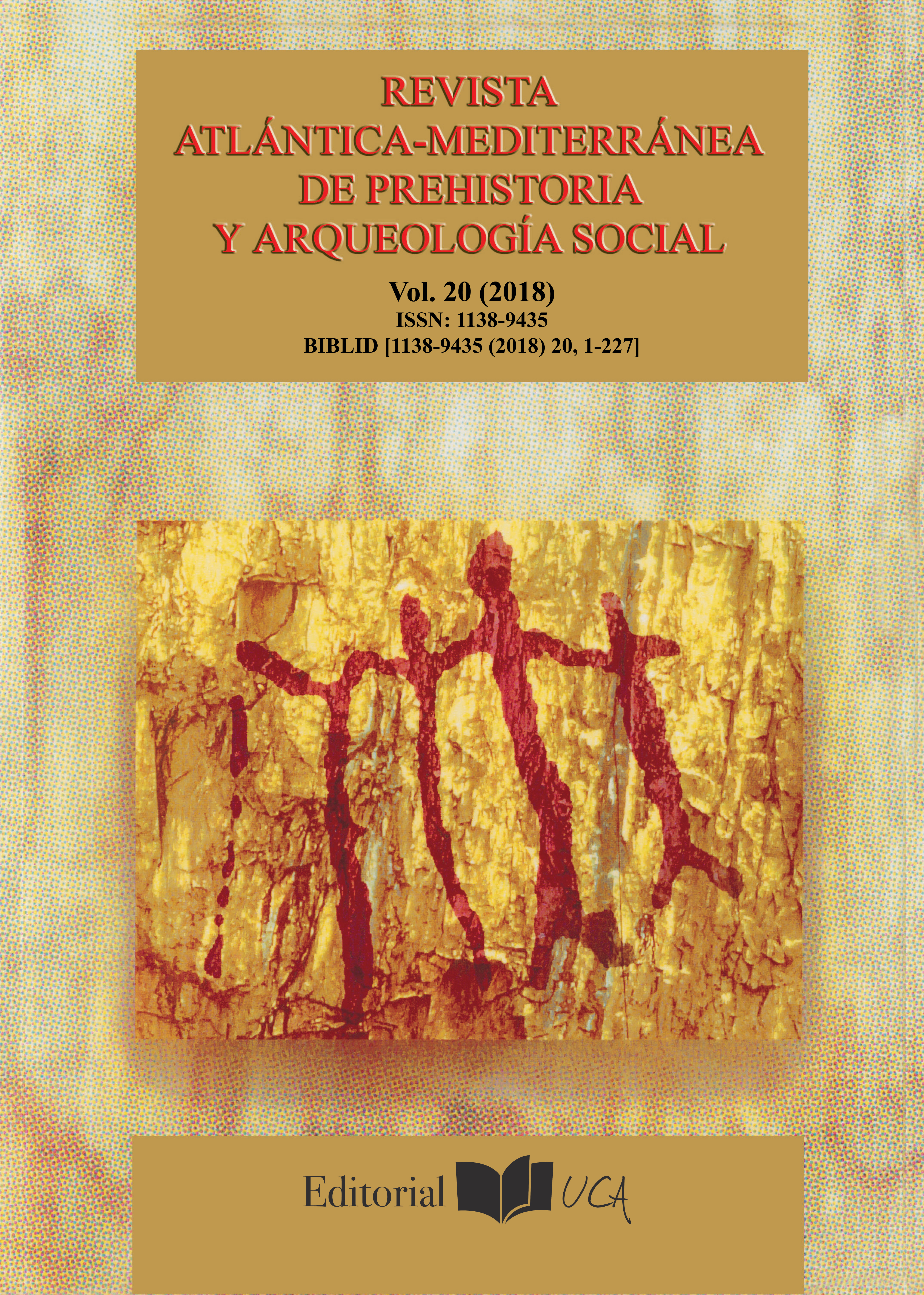The hypothesis of the crossing through the Gibraltar Strait by hominins in the early Pleistocene revised in the light of new geological and oceanographic data

Info
Abstract
The debate on the routes followed by African hominins on their way to Europe during the Early Pleistocene has become a controversial subject when it comes to crossing seaways. For decades, such ways have been a matter of discussion rejected by most of the Scientific Community. However, recent findings at ancient archaeological sites in the south of the Iberian Peninsula, north of Africa, Asia and the Flores Island have provided a new perspective and have seriously questioned those paradigms accepted for a long time. In addition to this, recent geodynamic research at outstanding sites as the Gibraltar Strait and the Sea of Alboran have changed conceptions of Early Pleistocene hominins being able to cross the sea on their way to Iberia and, therefore, to Europe. For this work, we have revisited the forementioned seaways and provided them with new recently-published data which reinforce the hypotheis of migration through these maritime ways.
Keywords
Downloads

